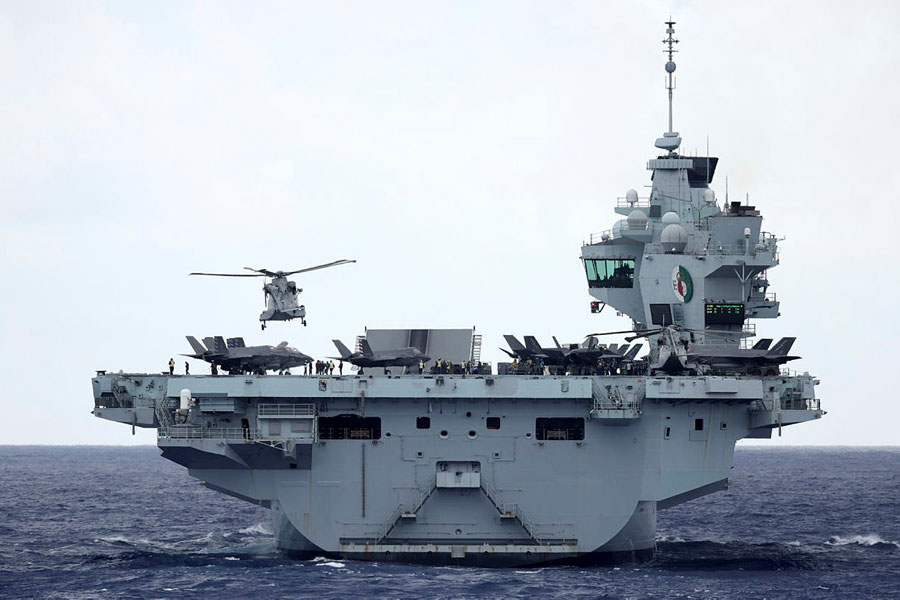
The Defence and Security Accelerator (DASA) is looking for innovations in hybrid powertrain technologies that could power Royal Navy vessels.
~
Guidance Publication, Whitehall, 18 November 2021: On behalf of the UK Ministry of Defence (MoD) Naval Ships Support Central Engineering Team, DASA is running a Market Exploration to identify available hybrid powertrain technologies, at Technology Readiness Levels (TRLs) 5-9, for implementation into service by 2030. The purpose of this Market Exploration is to gain an understanding of what is currently available in the market regarding hybrid powertrains for ships, that meets the capability requirements of Defence Equipment and Support (DE&S). Royal Navy Ships and Auxiliaries have long development times; any potential solutions need to be adaptable for retrofitted to existing and future platforms. This exploration will allow a better understanding of what is currently available for use and what approaches we can take in future steps.
This Market Exploration exercise aims to find a Hybrid Powertrain potential solution for use in Royal Navy (RN) and Auxiliary ships. This is to aid the defence environmental sustainability strategy, to reduce carbon emissions to net zero by no later than 2050. Through prior research it has been found that hybrid engines have the potential to significantly reduce the overall emissions of RN and Auxiliary ships. By conducting a Market Exploration it is hoped that this technology can be taken further and implemented into active service.
What we want: We are interested in current or soon to be introduced Hybrid Powertrain potential solutions for use on RN and Auxiliary vessels in order to achieve a 20-40% emissions reduction by 2030. Potential solutions are sought around electrification (AC as well as DC) and electrical storage. Carbon reduction targets are set at point of use and exclude the manufacturing process. Analysis of potential hybrid solution for disposal or recycling should be provided with any proposals. It is important to note that we are looking for different potential solutions per vessel as they each have different use cases and requirements. Potential solutions must be able to fit into existing engine spaces. The Market Exploration will need to explore potential solutions capable of propelling ships such as:
- Mass of 65,000 Tonnes at a speed of no less than 25 Knots. Length – 280m, Beam – 39/73m, Draught – 11m. Propulsion output is 4x 20MW
- Mass of 6,900 Tonnes at a minimum of 26 Knots. Length – 150m, Beam – 21m. Power output is 2x 20MW
- Mass of 7,350 Tonnes at a minimum speed requirement of 32 Knots. Length – 280m, Beam – 39/73m. Power output is 2x 21.5MW
These potential solutions need to be retrofittable into current vessels and have no negative impact on their individual operational capability. It is desired that the current TRL and ‘maturity time’ for each potential solution is declared so that this can be taken into consideration. Potential solutions should be weight neutral or better. Rough order of magnitude for costs of the system, system installation and any development costs from TRL 7 onwards. We are not looking for fully costed proposals at this time. Details must be given of any infrastructure required to support the potential solution. Certification basis will be in line with current practice, highlighting any additional risks.
Responses to this Market Exploration must be submitted via the DASA submission service. Submissions must be submitted by midday (GMT) on 27 January 2022.
~




















Pingback : BAE Systems Launches HybriGen Power and Propulsion | Joint Forces News